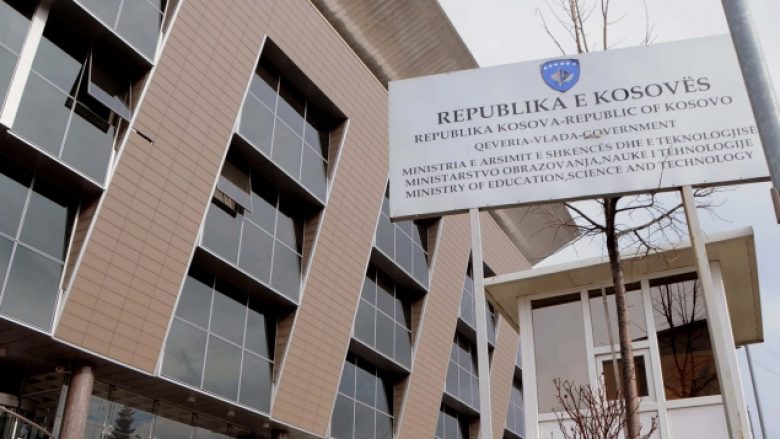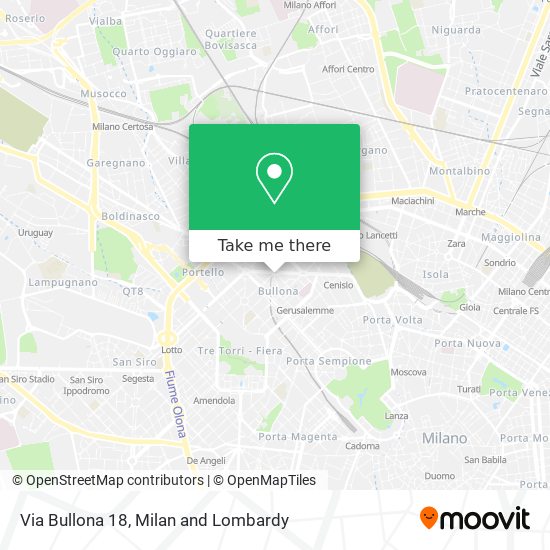

climate pretty much the same as Tehran anyway? Wasn’t the Persian rosewater and saffron ice cream at Hollywood’s Mashti Malone’s just as good, if not better, than the bastani akbar-mashti on Tajrish Square? The “temporary” immigrant population, a notion early on mainly perpetuated by Iranians who were loathe to abandon “exile"-status, was becoming less and less temporary. You can’t ignore a diaspora for long, though. The tree was falling in the woods, but only Iranians - and the film critics who love them - were around to hear the sound. Plus, none of the kids at school knew about these bleak yet beautiful arty knockouts. My father made them mandatory viewing and I’d often fall asleep in the theater, immune to anything that didn’t involve MTV editing, hunks, or Terminators. Quick to become Cannes critics darling, much of the novelty of the 90s Iranian arthouse was a cinema of restriction, the artistry of necessity, what happens when a government won’t allow its greatest minds to visit, say, the simplest expressions of female sexuality.


MASHTI MILANO MOVIE
In the mid to late ‘90s - the closest Iran-US relations came to a golden age since the ‘70s, thanks to moderate mullah Khatami’s reign - there were few other popular movie references, but the big-city indie set was hot on Iranian arthouse cinema: Kiarostami, Majidi, Panahi and Makhmalbaf. You can’t hang with them unless you have a BMW.” What a point for the team, I thought!īy then I knew Beverly Hills High was filled with “Tehrangelenos” - denizens of Westwood and Beverly Hills colonized by Iranian culture - but to have Hollywood say this, well, take that, Gidget! Iran had gone from the land of blood and bombs, prayers and veils, to Iranian-America, a haven of big hair, bling, allah-who-alla-wha-ing, material girls and boys. I still remember doing a mental happy dance when Cher, pointing to a cloud of Cartier, Armani and Aqua Net, declared, “And that’s the Persian mafia. The next time I caught mention of Iran in any cinematic sense was four years later, when “Clueless” came out, about the life and times of a spoiled 90210 Valley Girl, Cher. I went to school the next day filled with shame, as if everyone would be thinking I was a Gidget killer. He lied.” Apparently Gidget’s “crime of being an American” was being met with the horrific punishment of living in Iran forever! On the screen were suddenly bombs, women in veils screaming. I still remember my family’s naïve moment of rejoicing at the trailer - Gidget had married an Iranian! But after 45 seconds the voiceover’s tune changed: “He swore they would be safe. In 1991, when I was 13, “Not Without My Daughter” came out - the true story of American Betty Mahmoody (played by Sally Field) who was essentially kidnapped by her abusive Iranian husband while on a visit to Iran. But as a teenager, I knew my reality, one far from hostage crises and contra trials, was never going to make it pop culturally in fact, I would have bet my little hyphenated life against the very moment of pop cultural breakthrough we’re finally reaching now.īack then, every time a bit of Iran broke through, it was an event.

Of course, there was Iran itself, hardly invisible. If pop culture is a measure of cultural visibility, then Iranian Americans have been invisible for decades.


 0 kommentar(er)
0 kommentar(er)
